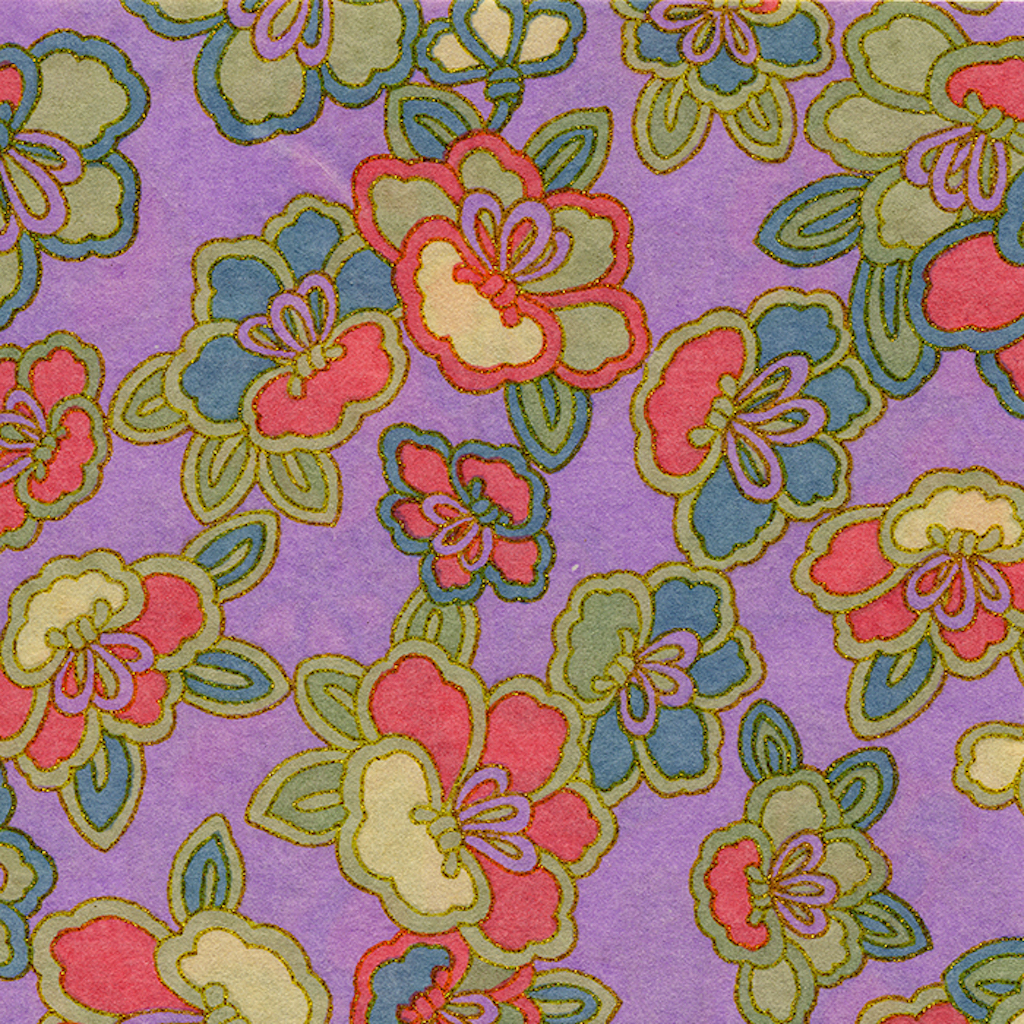Michael Robinson
Indian Jasmine

Cover art is hand silkscreened paper from Japan
available on myriad additional platforms
Michael Robinson introducing October Sky on dublab
1. Earth and Rivers (1996) 33.08
meruvina: kemanche, Indian, African and Balinese percussion, tanpura
purchase score
2. Indian Jasmine (1997) 29.06
meruvina: sitar, South American, Indian and Near Eastern percussion, tanpura
3. October Sky (1996) 4.43
meruvina: kemanche, bells, male voices, female voices
Composed, Programmed, Mixed, Designed and Produced by Michael Robinson
Recorded and Mastered by Catharine Wood at Planetwood Studios
Indian Jasmine opens with Earth and Rivers, my interpretation of Raga Jog. Jog was introduced to me by the great North Indian violinist of the same name, V.G. Jog, on a recording with Zakir Hussain. This CD is a marvel of raga development using varying versions of the same phrases. The use of both Komal and Shuddha Gandhara along with Komal Nishada yields a stunning parallel with American blues and jazz. It was this connection that made Jog one of the first ragas I grasped. The following year, I heard another Hindustani violinist, Kala Ramnath, perform Jog live, with Ajit Pathak on tabla, and this was also a memorable performance. While working with Ray Manzarek on a music project, he was fond of playing Jog, and it was suggested we might name his interpretation "Hey Jog" after the famous song by Jimi Hendrix. Indian Jasmine is named for the fragrant vine that appears in Los Angeles around the time of my birthday in March. Harihar Rao had it growing in his backyard, and I have a fond memory of him introducing me to Indian Jasmine there after one of our many lessons.
|
© 1999 Michael Robinson All rights reserved